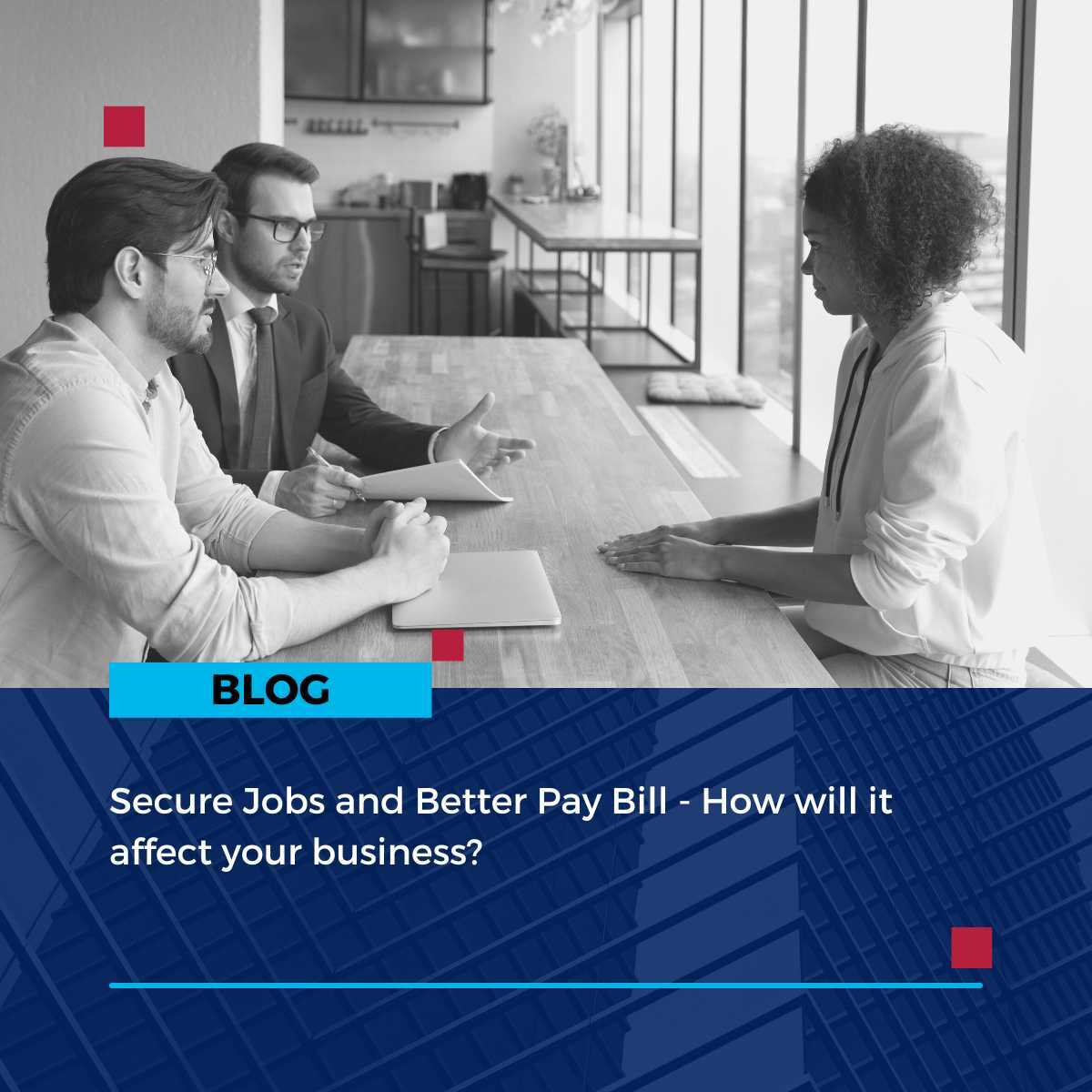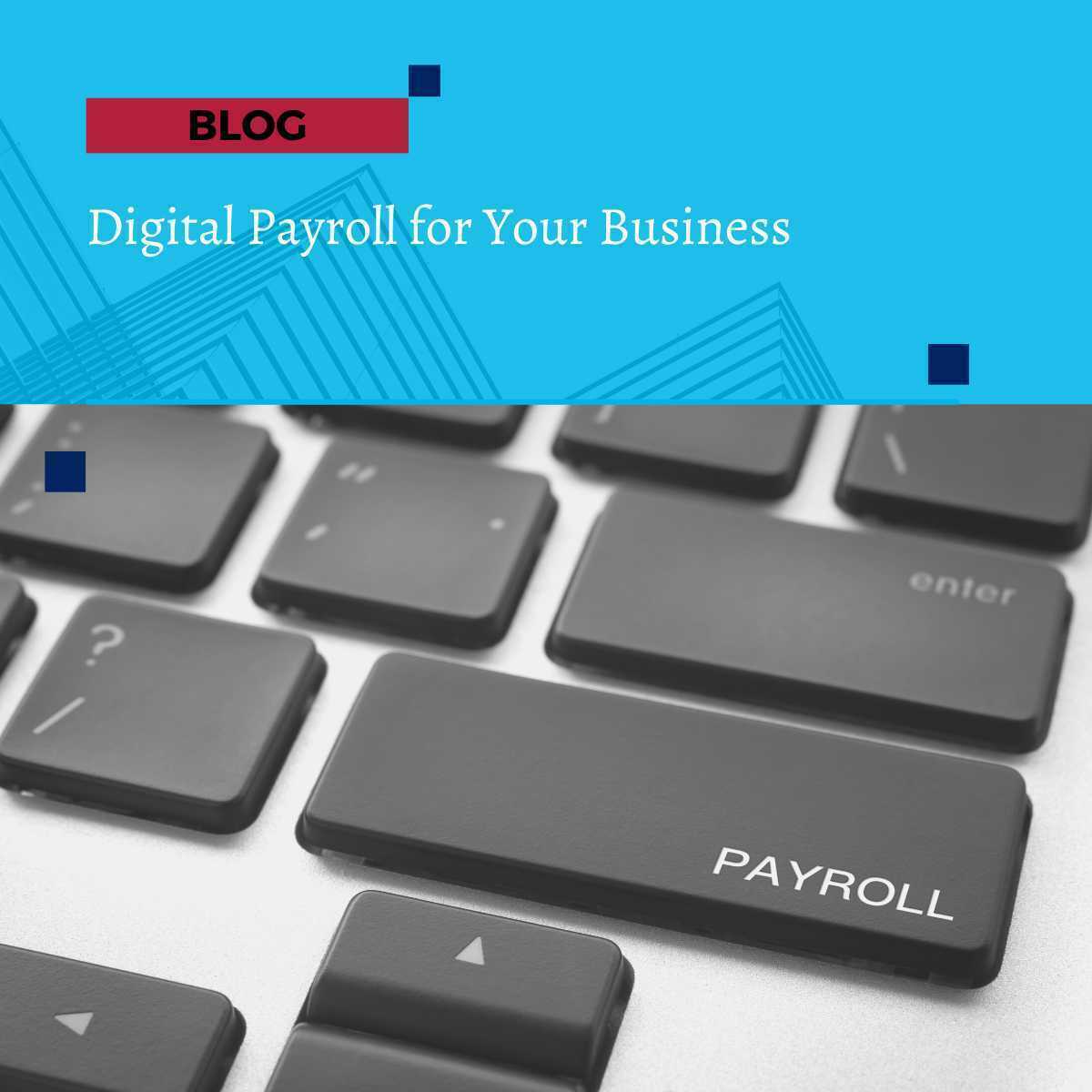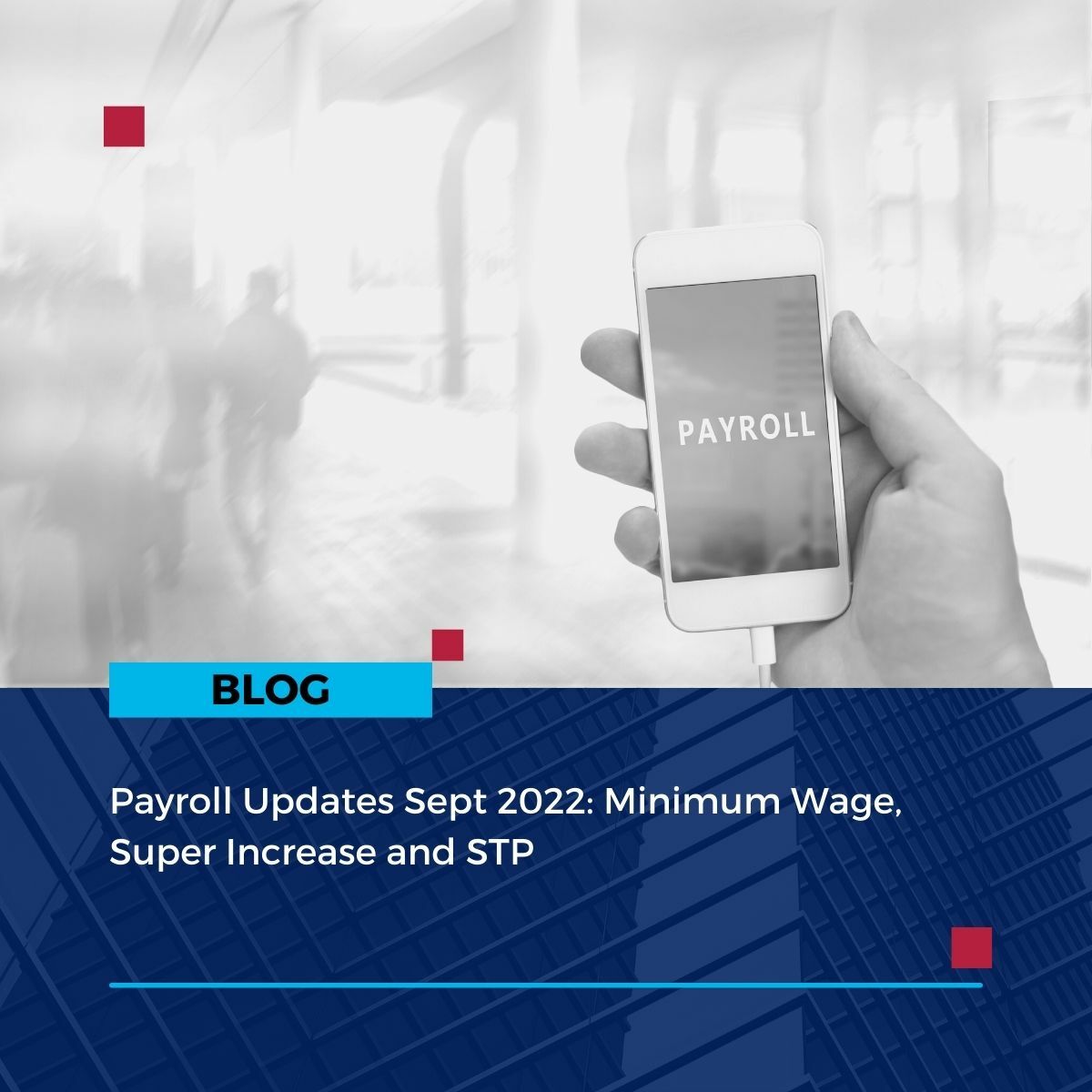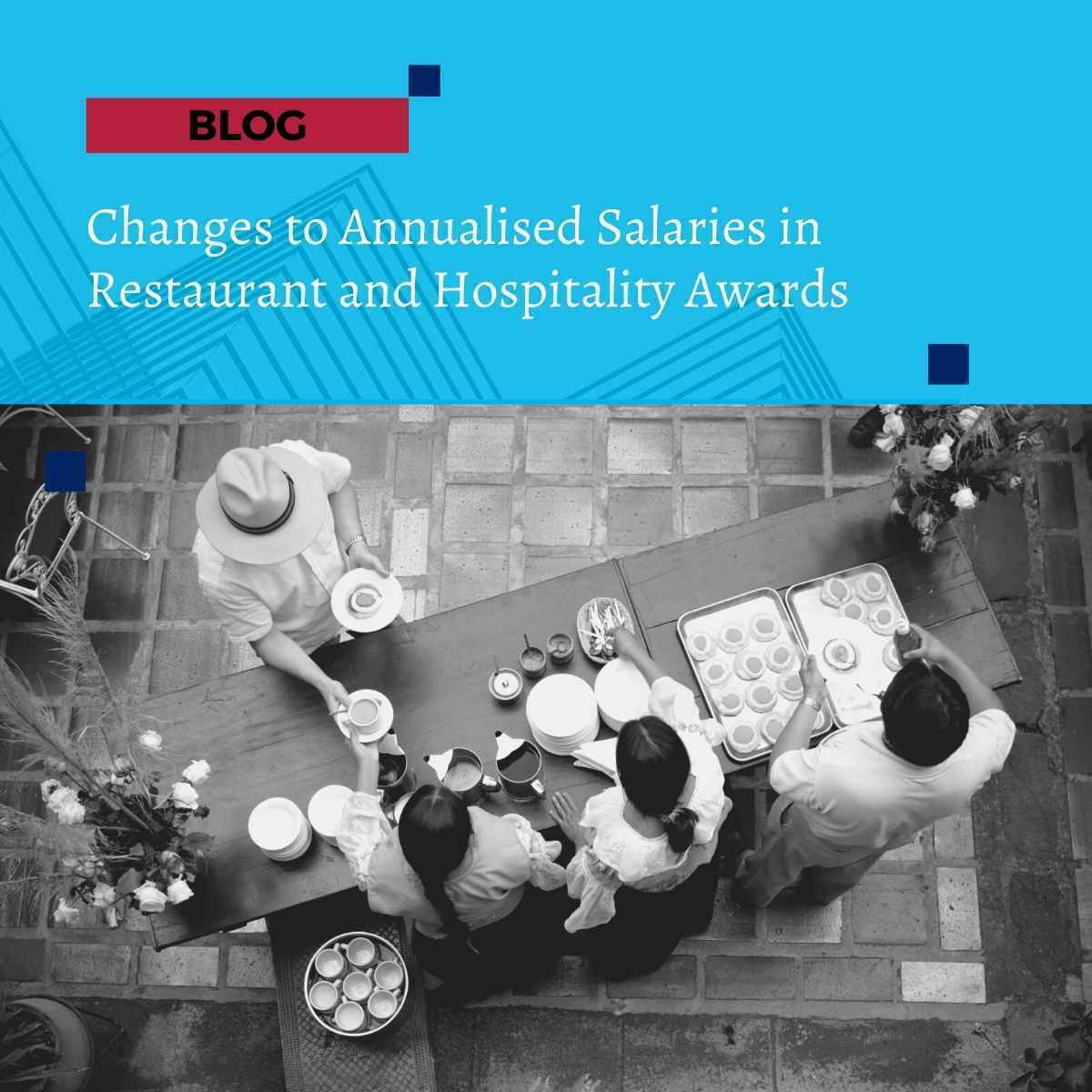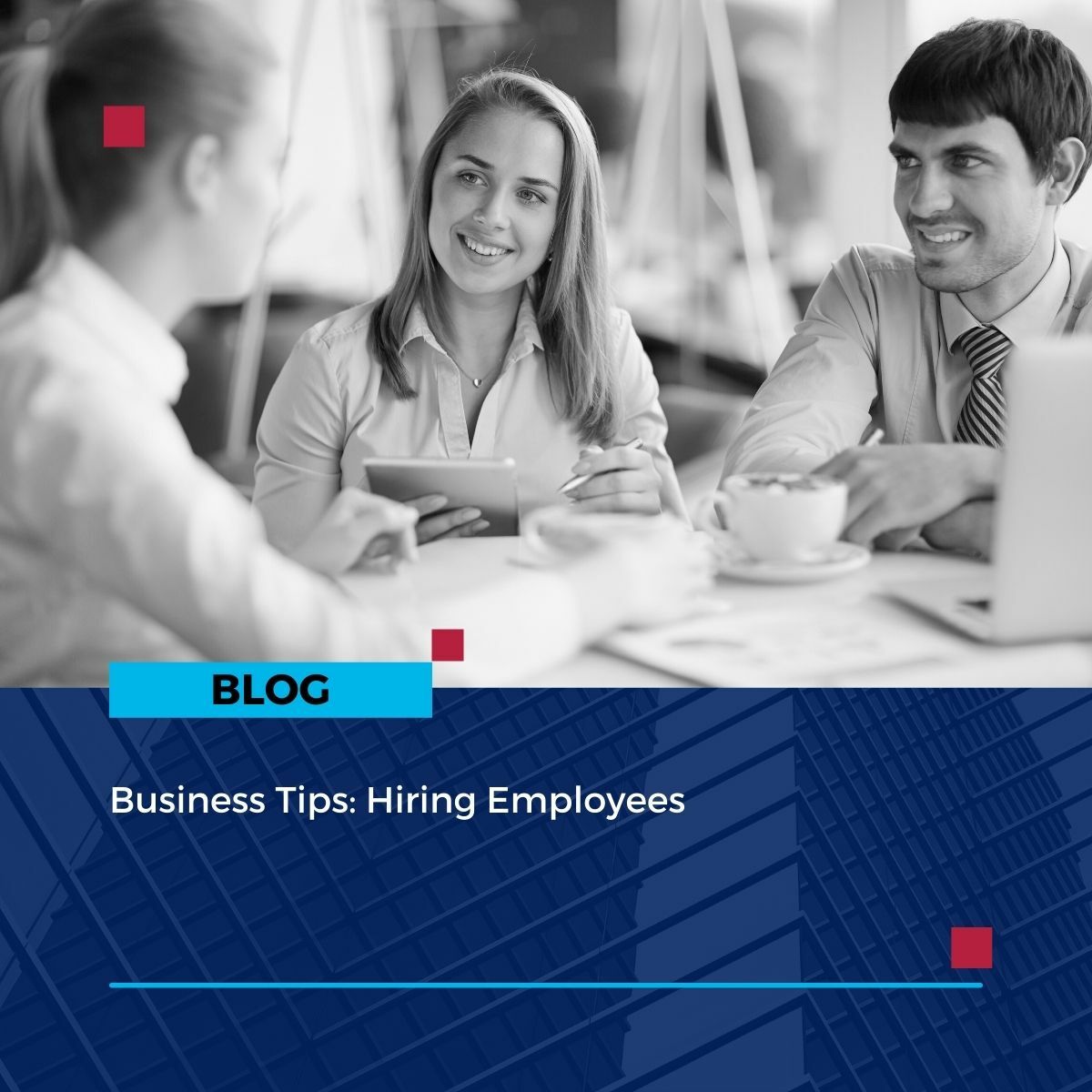Business tips: Hiring employees
In business, the people you hire are some of the most important assets in your business.
They’re your trusted workforce, the face of your brand and the people you entrust with growing your business.
Because of this, it’s vital that you choose the right talent, the right personalities and the right mix of people for your team. Making a mistake with your hiring can really hold you back, so be sure to put some real thought into who you need on your team.
Consider which roles you need
From a staffing point of view, you need to think about what roles will be needed to grow your business and operate effectively.
Can you do everything yourself and become a real jack-of-all-trades? Or do you need sales people, marketers, operations managers and shop-floor staff to get this thing going?
In an ideal world, you obviously want a big, effective team to run your operations. But payroll costs and your available funding can put a limitation on this.
Think about which roles you REALLY need and whether you can manage with a skeleton crew (but without the need for a ghost pirate ship!) or invest in more people.
Decide whether to outsource or go in-house
Something to consider is whether any of your business positions need to be full-time, in-house employees? Or if some roles can be part-time, or outsourced to freelancers and contractors?
Having full-time employees on the books gives you a permanent resource, with a team who are wholly focused on growing your business.
But employees are costly. Aside from monthly wages, you need to pay for holiday pay, sick pay and a staff pension scheme. A more cost-effective option can be to use freelancers, hiring in talent and resources as and when you need them.
Search your network for talent
Knowing the roles you need is one thing, but actually FINDING the talent is another.
Use your existing business and social networks and put out the word that you’re hiring. Word of mouth can be a great way to find people, but make sure that applicants fit the stated criteria.
Writing short, clear job descriptions for each role is a good way to outline the position, attract the best candidates and filter out the weak applicants.
Using a recruitment agency or a jobs website helps to spread your net wider and also takes some of the admin workload away. Once you have a shortlist of candidates, it’s time to start interviewing.
Check that applicants share your vision and values
A job interview is obviously about more than just running through the skills on a CV.
The successful candidate is going to be working very closely with you, so you need to know that they can do the job but also that they’re a good fit for the team.
Do they share your vision for the product/service and the future of the company?
Do they seem driven, with the right kind of can-do attitude?
Are they engaged by your company values and the WHY behind your business model?
And, vitally, do you get on with them as a person?
Having the best mix of personalities and talent in a team is so important. Getting the mix right creates a tight, well-focused team. Get it wrong and you’re looking at disharmony, a lack of productivity and a team that’s just not going to deliver the energy and value you need as the business owner.
Measure performance and fit
Once you’ve hired the challenges don’t stop.
As you all pull together to grow your business, you’ll need to have ongoing performance reviews. This includes checking in on how the team is performing as a group, whether there are any problems to iron out and how individual employees are tracking against their personal remit, targets and goals.
It’s not an easy ride, but with a positive, well-engaged team behind you, you give your business the best possible chances of success, growth and long-term prosperity.
Talk to us about Payroll Services including PAYG Withholdings, and STP setup. Ensure your staff are paid the correct rates and paid according to the correct hours worked.
